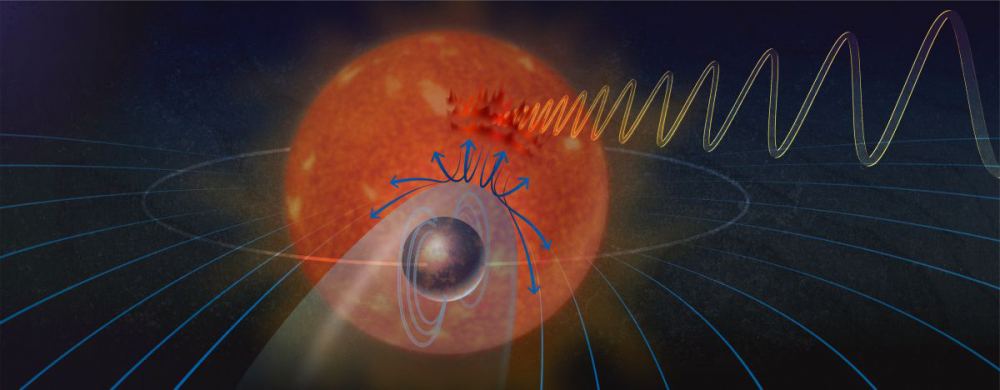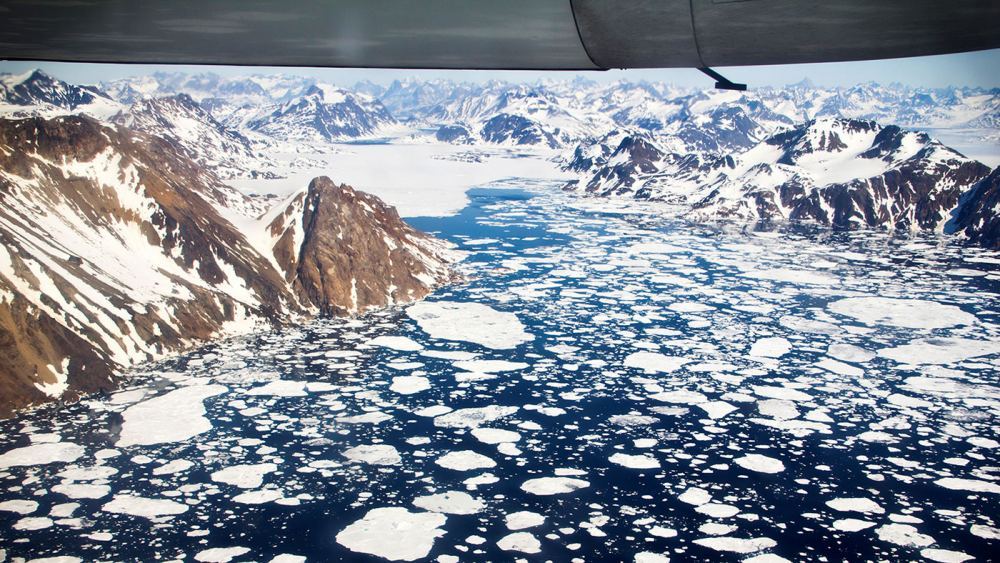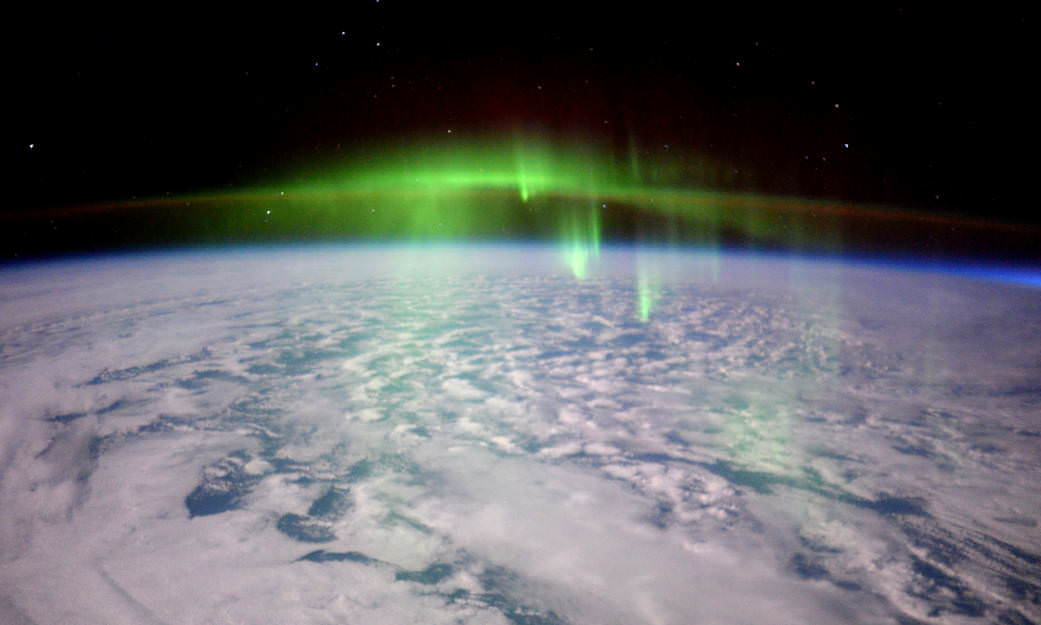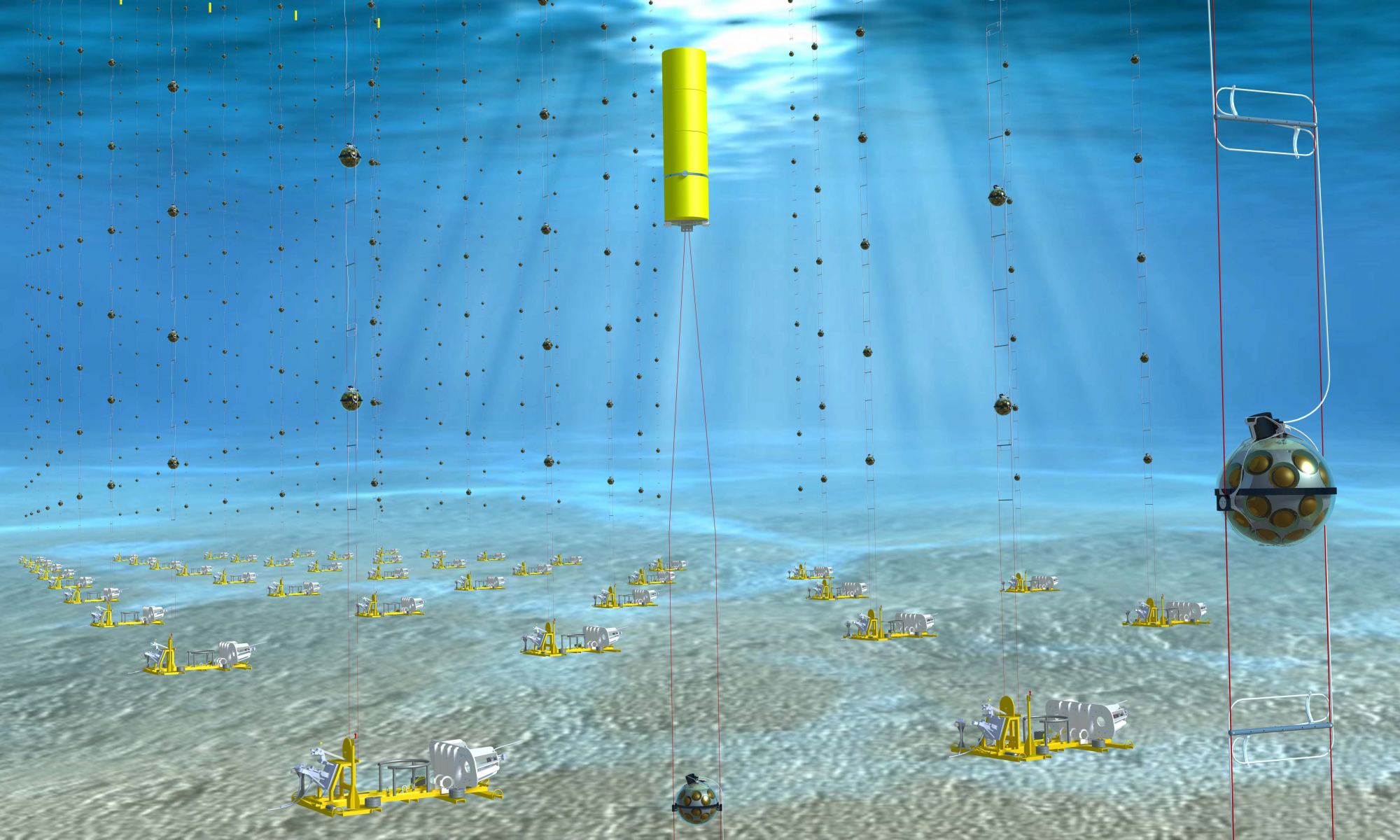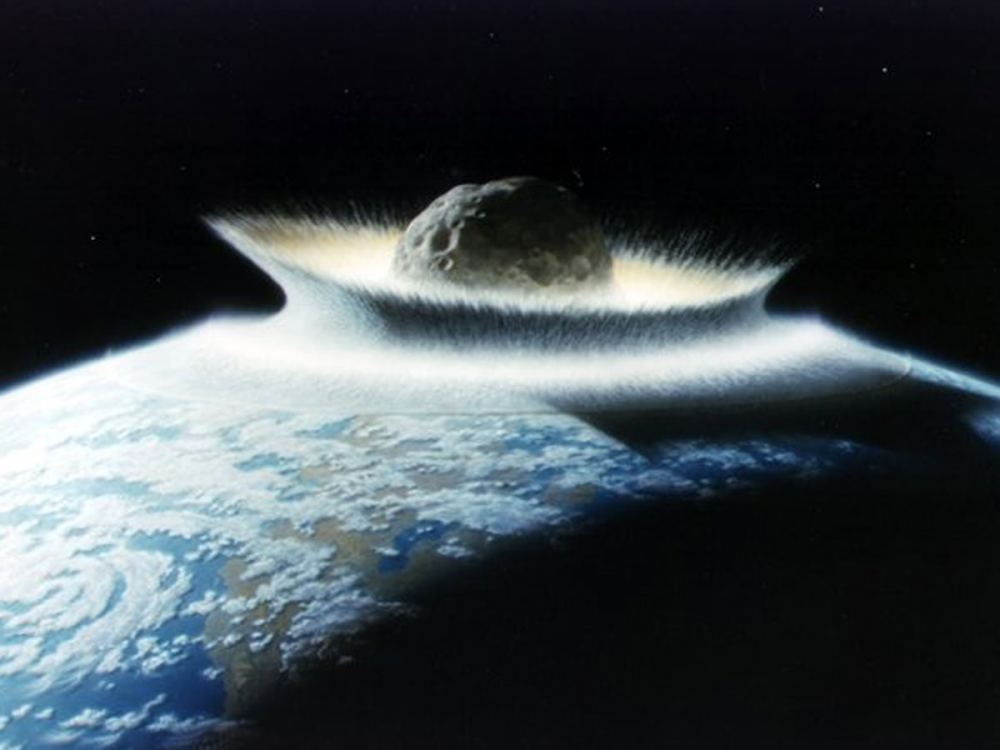There’s a wobbly X-ray-bright binary object in our galaxy called Hercules X-1 that’s blowing a mighty wind off to surrounding space. The system consists of a neutron star paired with a sun-like star. The neutron star is drawing material away from its companion. Its resulting accretion spins rapidly, and that whips up powerful winds. They affect the region of nearby space. That’s eerily similar to how a quasar’s central black hole sends out winds to influence its entire host galaxy.
Continue reading “Neutron Star Behaves Like a Mini-quasar”Neutron Star Behaves Like a Mini-quasar





